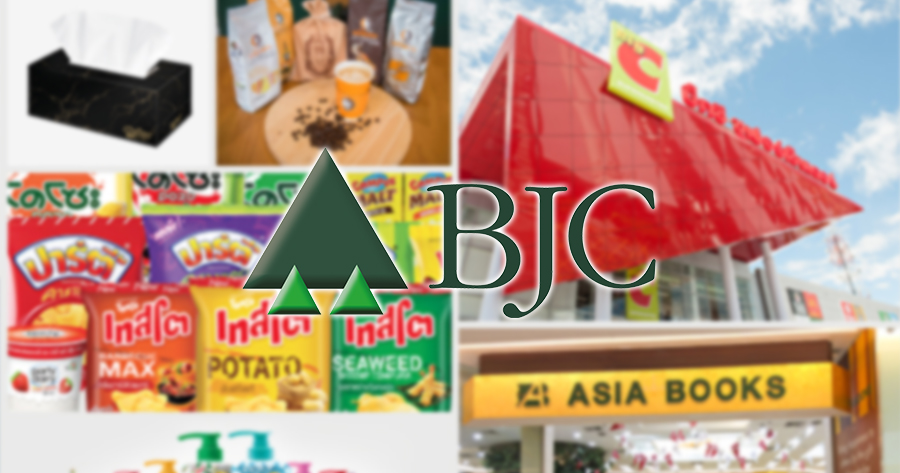Berli Jucker Public Company Limited (SET: BJC) has announced its 2021 consolidated financial statement through the Stock Exchange of Thailand as follows;
| Yearly | 2021 | 2020 |
| Net Profit (Loss) Thousand Baht |
3,584,811 |
4,001,215 |
| Earning Per Share (Baht) |
0.89 |
1.00 |
| % Change | 10.4% | |
BJC’s consolidated net profit attributable to the equity holders of the Company for FY21 reached THB 3,585 million, a decrease of THB 416 million or -10.4% over the same period last year.
The performance of BJC’s business units are as follows:
Packaging Supply Chain: In FY21, Packaging Supply Chain reported sales of THB 19,937 million, an increase of THB 150 million or 0.8% over the same period last year. This was driven by the growing Glass packaging businesses sales for the full year.
Glass Packaging Business: In FY21, Glass packaging business reported sales of THB 11,684 million, an increase of 3.1% over the same period last year, and contributed approximately 59% of total Packaging Supply Chain sales. Net profit attributable to the equity holders of the Company in FY21 increased over the same period last year driven by increasing sales, improving gross profit margin, and good cost control.
Aluminum Can Business: In FY21, Aluminum Can packaging business reported sales of THB 8,253 million, a decrease of -2.4% over the same period last year, and contributed approximately 41% of total Packaging Supply Chain sales. Net profit attributable to the equity holders of the Company in FY21 increased over the same period last year, mainly driven by increased gross profit margin.
Consumer Supply Chain: In FY21, Consumer Supply Chain reported sales of THB 22,685 million, an increase of THB 2,015 million or 9.7% over the same period last year. This sales growth was driven by growing sales from all divisions.
Foods Group: In FY21, Foods Group reported sales of THB 5,170 million, an increase of 2.1% over the same period last year, and contributed approximately 23% of total Consumer Supply Chain sales. Net profit attributable to the equity holders of the Company in FY21 increased over the same period last year driven by improving gross profit margin, good cost control, and lower tax expense.
Non-Foods Group: In FY21, Non-Foods Group reported sales of THB 8,007 million, an increase of 14.2% over the same period last year. Non-Foods Group contributed approximately 35% of total Consumer Supply Chain sales during the year. The increase was mainly driven by increasing distribution of third party principals’ products. Net profit attributable to the equity holders of the Company in FY21 decreased over the same period last year due to decreasing gross profit margin due to increasing raw material prices, particularly palm oil, coconut oil, and pulp, and the growing sales contribution from distributing third party principals’ products.
International Trading: In FY21, International Trading reported sales of THB 6,155 million, an increase of 9.9% over the same period last year, and contributed approximately 27% of total Consumer Supply Chain sales. Net profit attributable to the equity holders of the Company increased in FY21 over the same period last year, driven by increasing sales, improving gross profit margin, and good cost control.
Healthcare & Technical Supply Chain: In FY21, Healthcare and Technical Supply Chain reported sales of THB 9,064 million, an increase of THB 1,115 million or 14.0% over the same period last year. The sales increase was driven by growing sales at the both, Healthcare, and Technical Supply Chains.
Modern Retail Supply Chain: In FY21, Modern Retail Supply Chain reported total revenues of THB 102,373 million, a decrease of THB 10,193 million or -9.1% over the same period last year. This decrease was driven by a retail sales reaching THB 91,302 million, a decrease of -8.8% from the same period last year, driven by negative same-store-sales growth of -11.0% year-on-year for the FY21 (excluding B2B sales same-store-sales growth for the FY21 was -13.2%). The other income reached THB 11,072 million, a decrease of -11.4% over the same period last year, mainly driven by COVID-19 related impact to rental income.




